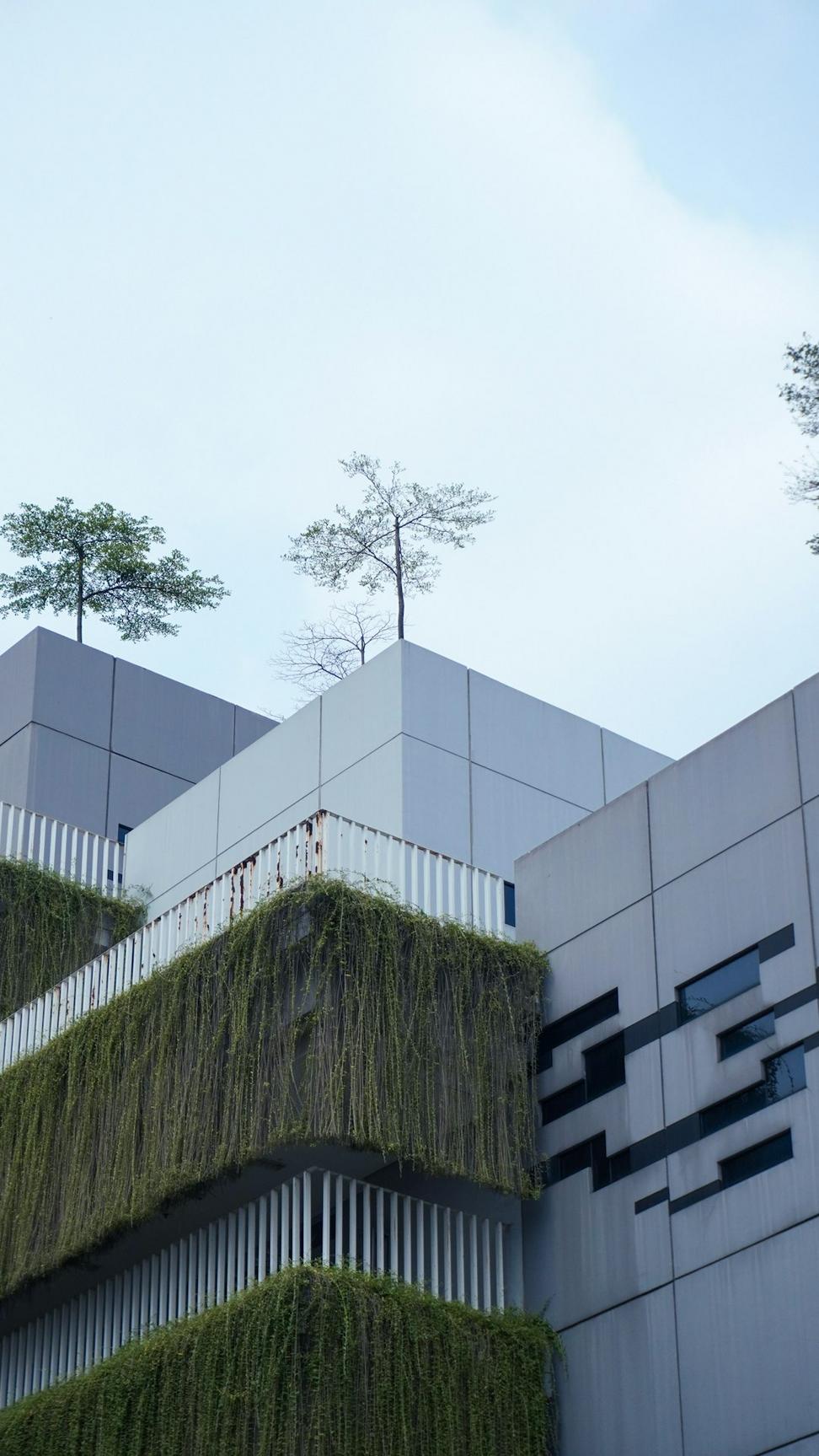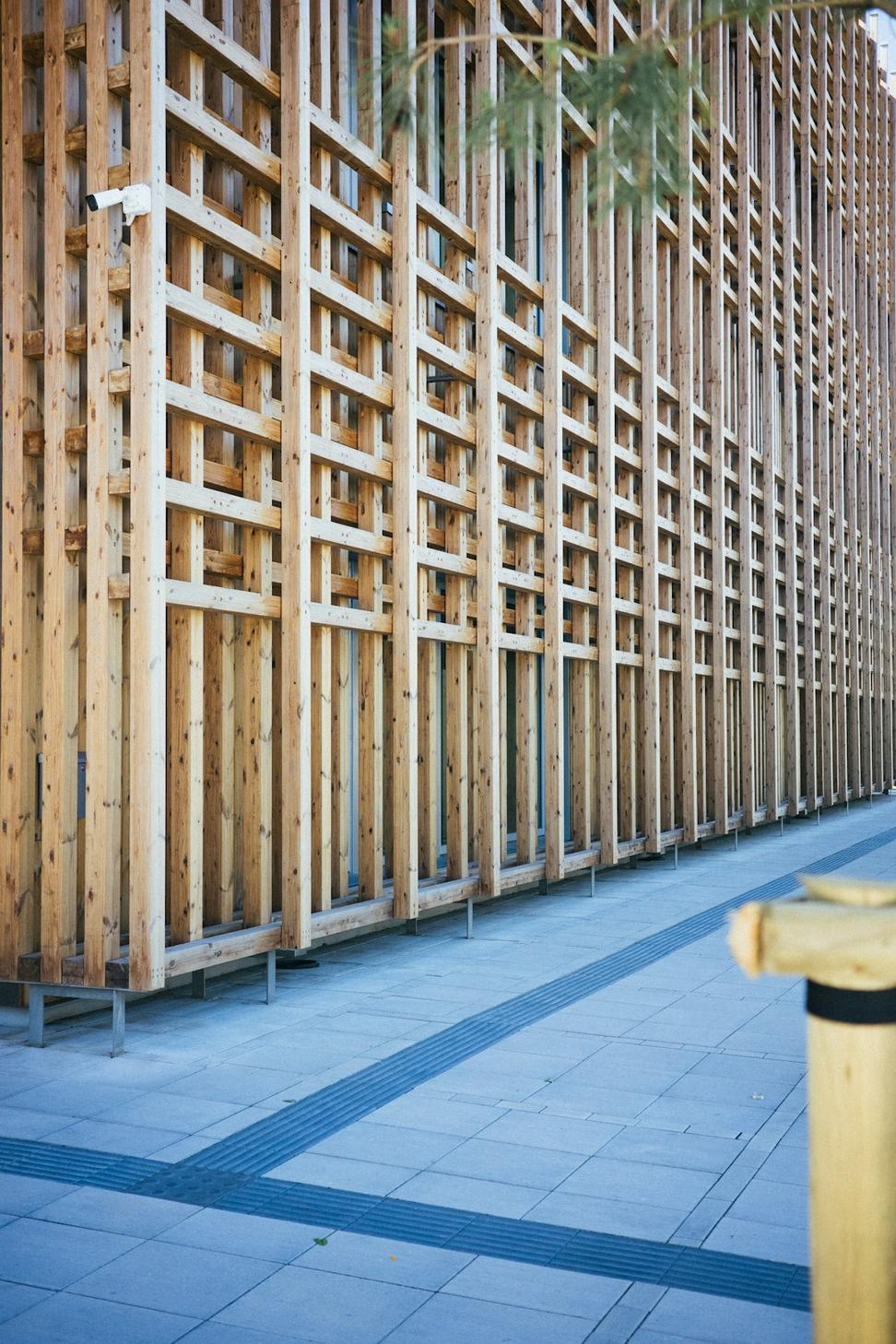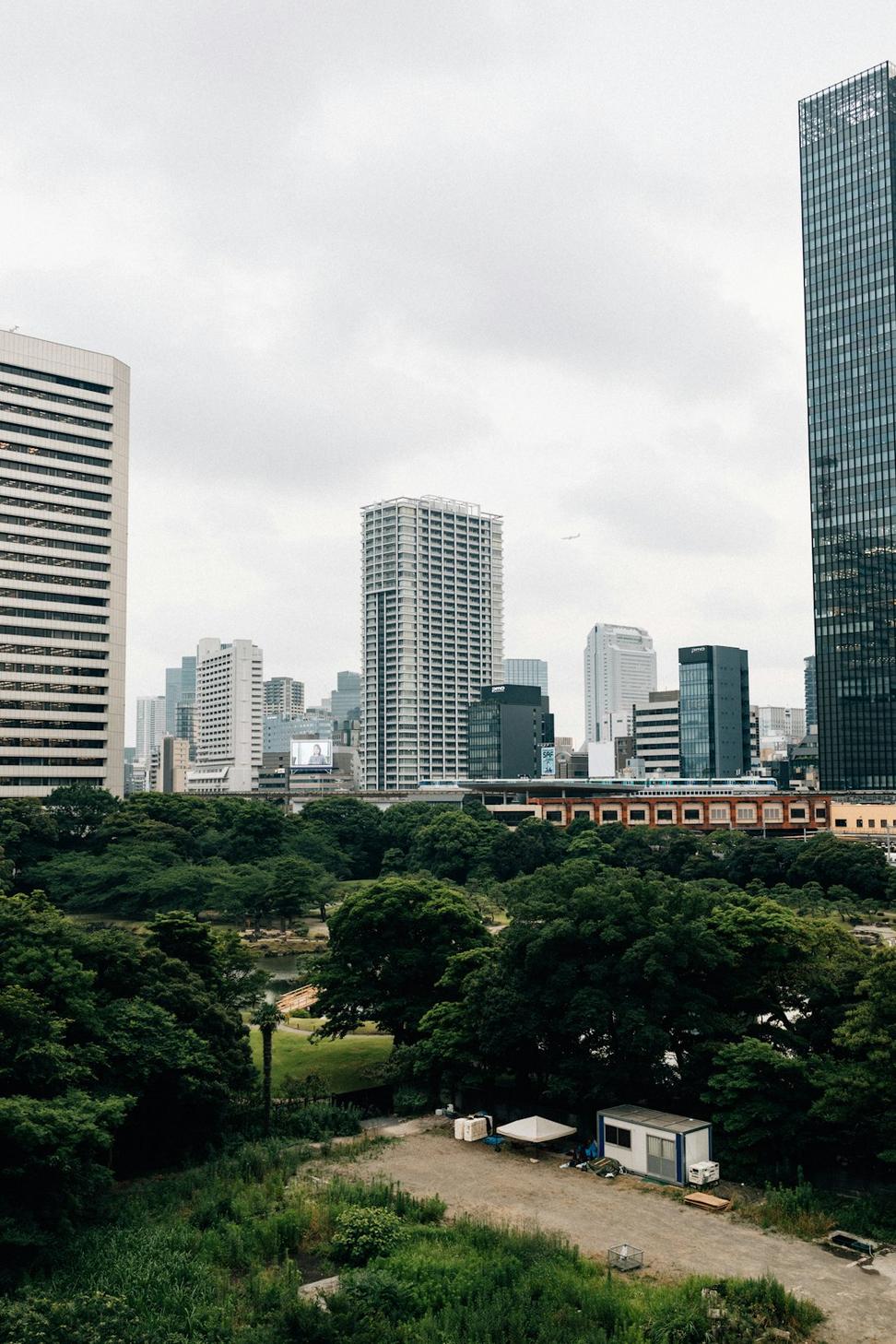
Why We're Obsessed With This Stuff
After working on 87 projects across Vancouver and the lower mainland, I've seen firsthand how buildings can either work with nature or fight against it. And honestly? Fighting nature is expensive, short-sighted, and just plain stupid.
Every building we design now operates on a simple principle - what if this structure had to exist for 200 years? Would we still make the same material choices? Would the heating system still make sense? That question alone has changed how we approach everything.

